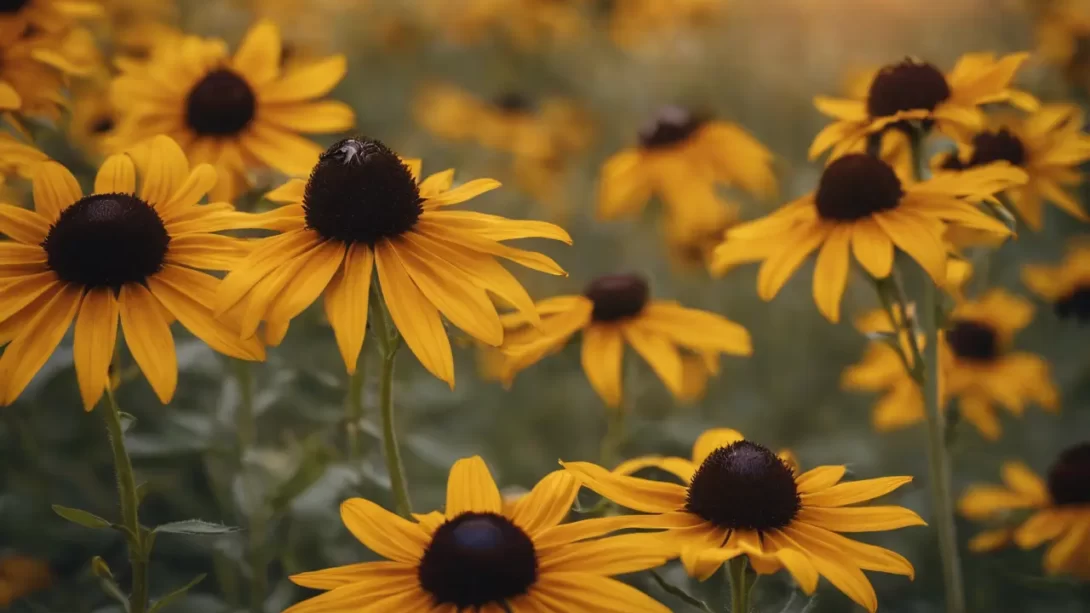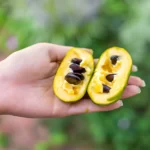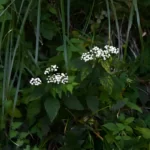Black Eyed Susans, scientifically known as Rudbeckia spp., are a beloved staple in many gardens, celebrated for their bright, cheerful blooms that resemble daisies. These hardy perennials are known for their low maintenance and high impact, making them a favorite among gardeners. An important aspect of their care involves knowing when and how to cut them back. This article provides a comprehensive guide on the optimal timing and methods for pruning Black Eyed Susans to ensure they continue to thrive and beautify your garden year after year.
The Black Eyed Susan Plant Characteristics
Black Eyed Susans are characterized by their golden yellow petals and dark brown central cones. They typically bloom from mid-summer to early fall, bringing vibrant color to gardens. These plants are generally hardy, can adapt to a variety of soil types, and prefer full sun exposure. Understanding their growth habits is key to effective pruning. Regular pruning not only helps maintain their shape and size but also encourages healthier, more robust blooms in the following season.
The Best Time to Cut Back Black Eyed Susans
The timing of pruning Black Eyed Susans is crucial for their health and aesthetic appeal:
- Post-Blooming Period: The ideal time to cut back these flowers is late fall or early winter, after they have finished blooming. This allows the plants to channel energy into their roots for next year’s growth.
- Climate Considerations: In colder climates, it’s best to wait until after the first frost to prune. In milder climates, earlier pruning may be appropriate.
Pruning at the right time helps prevent diseases and promotes vigorous growth in the next blooming cycle.
Reasons for Cutting Back Black Eyed Susans
Pruning Black Eyed Susans serves several important purposes:
- Promoting Healthy Growth: Trimming old growth helps invigorate the plants, encouraging new, healthier growth in the spring.
- Disease Control: Cutting back spent foliage reduces the risk of fungal diseases, which can thrive on old, decaying plant material.
- Aesthetic Maintenance: Pruning helps maintain the appearance of your garden, preventing Black Eyed Susans from becoming too leggy or overgrown.
Understanding these reasons ensures that pruning is done not just for the immediate appearance but also for the long-term health and vibrancy of the plants.
Step-by-Step Guide to Pruning Black Eyed Susans
Pruning Black Eyed Susans is a straightforward process. Here’s how to do it:
- Select the Right Tools: Use clean, sharp pruning shears or scissors. Sterilize them before use to prevent the spread of disease.
- Timing: Wait until the flowers have faded and the foliage starts to yellow, typically after the first frost in fall.
- Pruning Technique: Cut back the stems to about 2-3 inches above the ground. Be sure to make clean cuts and avoid leaving jagged edges.
- Disposal of Cuttings: Remove all cut plant material from the area to reduce the risk of pests and diseases.
This process helps prepare the plants for dormancy and sets the stage for a healthy resurgence in the spring.
Care After Pruning
Proper care after pruning Black Eyed Susans is essential for their rejuvenation:
- Watering: While these plants are drought-tolerant, it’s important to water them adequately after pruning, especially if the weather is dry.
- Mulching: Apply a layer of mulch around the base of the plants. This helps retain moisture, protect the roots in winter, and suppress weeds.
- Fertilization: While not always necessary, a light application of balanced fertilizer in the spring can give the plants a boost for the growing season.
Post-pruning care is a vital part of ensuring that your Black Eyed Susans return with vigor and beauty.
Common Mistakes to Avoid When Pruning
Even experienced gardeners can make mistakes when pruning Black Eyed Susans. Being aware of these can help you avoid potential issues:
- Pruning Too Early: Avoid cutting back the plants before they have finished blooming. Early pruning can stunt the growth and reduce the vitality of the plant.
- Cutting Too Much or Too Little: Over-pruning can stress the plants, while under-pruning may not effectively remove all the diseased or dead material. Aim to strike a balance.
- Ignoring Tool Hygiene: Using dirty tools can spread diseases among plants. Always clean and sterilize your pruning equipment before use.
Being mindful of these common pitfalls will help ensure that your pruning efforts are beneficial for your Black Eyed Susans.
Conclusion
Properly cutting back Black Eyed Susans after their blooming season is key to maintaining their health and ensuring a beautiful display in your garden year after year. By pruning in late fall or early winter, you encourage stronger growth in the spring, prevent diseases, and maintain the aesthetic appeal of your garden. Remember to use clean, sharp tools and follow the proper technique to avoid common pruning mistakes. With the right care and maintenance, your Black Eyed Susans will continue to be a vibrant and cherished part of your garden landscape. Whether you are a novice or an experienced gardener, understanding these pruning principles will help you cultivate a thriving and picturesque outdoor space.



